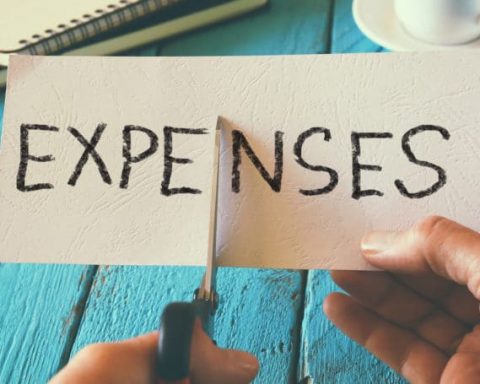The business owners who keep the GST accounts synchronized and maintained, hold all the important details regarding the goods and services. They have all data concerning the period of time the goods were kept in a particular location, and also the dispatch of the goods, movement of the same, receipt and the disposal of the items. The transporter, who transports the items and services are also not free from responsibilities.

Apart from keeping a track of the number, nature, and the amount of goods transported and delivered, the transporter also needs to keep an account of the goods which are kept in transit by them. After the rule of GST started, the data tracks, accounts and records of purchases and sales are strictly maintained at the root place of business which signifies the primary domain, where the business actually took place. GST accounting India is also conducted online, with the help of several software. It is used in the process of return filing and it keeps an effective track of your sales and purchases, without you to brood over it. In cases where the registration certificate contains more than one domain of trade mentioned, the software efficiently synchronizes and accounts for each and every related area of business with the sales made at each place. And it is quite obvious that the records are kept at the respective work places.
There are some business owners who wishes to take care of the accounts or the records in some electronic format. This is no doubt the best and the easiest way out in today’s world. However for this they need to have a proper and complete backup of the whole account. And when on demand they should be viable enough to produce those records and accounts. Any taxpayer or business owner can choose from a variety of GST software company. There remains a restriction which is known as the prescribed financial limit for every turnover of a business. When the numeric value representing the total amount of sales at a particular period of time, exceeds the ordained financial limit, the business falls under audit. The electronic ledgers were put forward after the introduction of the GST in the market. An electronic cash ledger is further subdivided into three types. After a successful registration for the GST in any online software or portal, you are forwarded to any one type of ledger.
- The E-liability ledger basically contains the entire tax liability of the taxpayer, for a certain period of time. For instance, a particular month. The GST dashboard of the taxpayer, will definitely show this by default.
- The electronic cash ledger or the E-cash ledger primarily functions as a e-wallet. The taxpayer can utilize it for making any sort of payment such as penalties, tax interest etc. In conditions where the taxpayer does not have the amount of money which needs to be paid for a particular thing, they can make a easy and quick recharge online.
The electronic credit ledger or the E-credit ledger, holds the account of the input tax credit obtained from the monthly return of a taxpayer.








